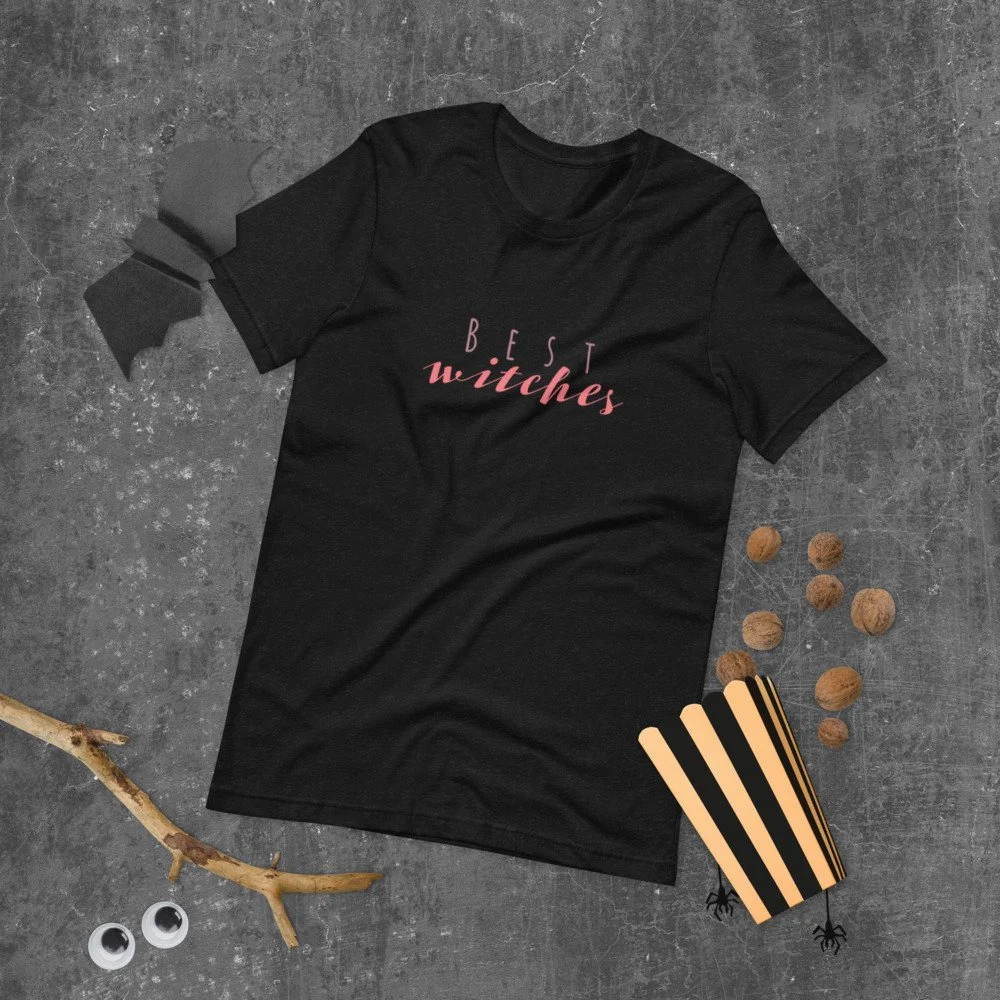County Agents Corner - What are Lichens?
By Frank Escobedo, Texas A&M AgriLife Extension Service
Linchen of tree branch
With high humidity and dry conditions across the Coastal Bend, Texas A&M AgriLife continues receiving calls on a fuzzy, paper thin attachment on trees. These attachments are known as Lichens. Lichens are an example of a symbiotic relationship between algae and certain fungi. They are capable of producing their own food. The alga associated with the fungus is green or blue green in color. There are three forms of lichens based on growth patterns. Crustose are species that are closely pressed against the surface of the limb or trunk of dead or live trees. Foliose forms are leaf like or prostrate but are also tightly attached to the tree. Fruticose forms are bush like, erect or hanging. Although lichens are found in most areas of Texas, they are most noticeable in areas that have extended periods of high humidity.
The presence of lichens on a tree might not be appealing to homeowners. The plants are epiphytes. Meaning, they derive their nutrients from the air and not from the plant they are attached to. Although they are not parasitic, the literature does suggest that lichens do have a slight negative effect. The main concern to homeowners is that lichens give a tree an un-kept appearance. The presence of lichens can also indicate a thin tree canopy. This often leads homeowners to conclude that lichens are the cause and not the effect of thin foliage. The best prevention is good cultural practices (proper trimming and irrigation) by improving the tree’s vigor and encouraging a denser canopy which will shade the limbs and reduce photosynthesis on the lichens. Without photosynthesis, lichens are not able to manufacture food needed for growth and development.
Currently, there is no fungicide approved for lichen control. Because of their limited effect on a plant, chemical control is not suggested.




